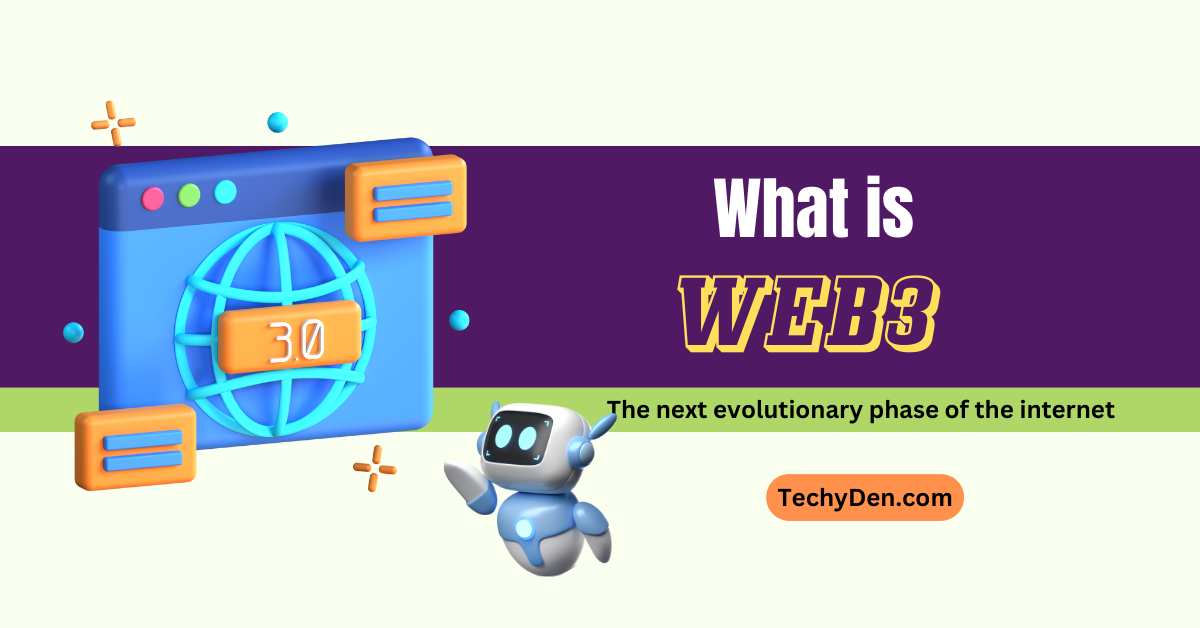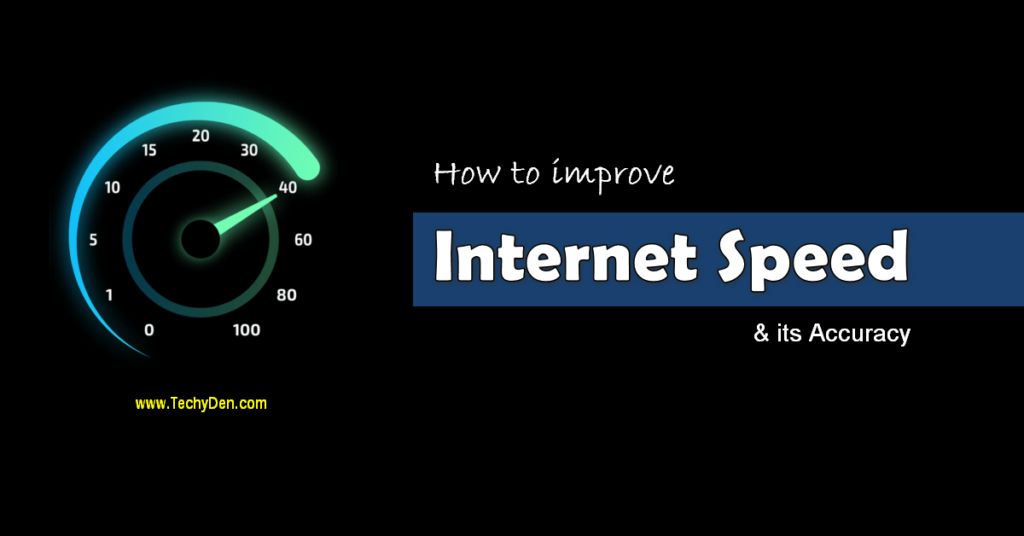The Internet has come a long way since its inception, evolving from a simple network of connected computers (Web 1.0) to the current Web (Web 2.0) dominated by centralized platforms and intermediaries like Google, Facebook, and Amazon.
However, as technology advances, a new paradigm shift is on the horizon – one that promises to revolutionize how we interact with the Internet and decentralize power away from centralized entities.
This shift is known as Web3, and it has the potential to reshape the Internet as we know it.
What is Web3?
Web3, also known as the decentralized web or the semantic web, is the next evolutionary phase of the Internet. It is built upon the principles of decentralization, transparency, and user empowerment and leverages cutting-edge technologies such as blockchain, cryptocurrencies, and decentralized applications (dApps).
Unlike Web 2.0, dominated by centralized platforms and intermediaries, Web 3.0 aims to create a more open, trustless, and permissionless ecosystem.
In this new paradigm, users have greater control over their data, identities, and online interactions, and the power is distributed among participants rather than concentrated in the hands of a few large corporations.
Key Components of Web3
a. Blockchain Technology

Blockchain is the foundational technology that underpins Web 3.0. It is a decentralized, distributed ledger that records transactions securely and transparently. By eliminating the need for intermediaries, blockchain enables peer-to-peer transactions and interactions without a central authority.
b. Decentralized Applications (dApps)

Decentralized applications, or dApps, run on decentralized networks like blockchain networks. These applications are designed to be censorship-resistant, transparent, and trustless, offering users greater control and privacy over their data and online activities.
c. Cryptocurrencies and Digital Assets
Web3 embraces using cryptocurrencies and digital assets, such as non-fungible tokens (NFTs), as a means of value exchange and storage. These assets are built on blockchain technology and enable secure, peer-to-peer transactions without intermediaries like banks or payment processors.
d. Decentralized Identities
In Web3, decentralized identity solutions give users greater control over their online identities. These solutions allow individuals to manage and control their data, reducing the risk of identity theft and data breaches.
How Does Web3 Revolutionize the Internet?
a. Decentralization and User Empowerment
One of Web3’s core principles is decentralization. By distributing power and control across a decentralized network, Web 3.0 aims to create a more equitable and user-centric Internet. Users gain greater control over their data, privacy, and online interactions, reducing their reliance on centralized platforms and intermediaries.
b. Trustless and Transparent Transactions
Web3 leverages blockchain technology to enable trustless and transparent transactions. By eliminating the need for intermediaries, reducing costs, increasing efficiency, and promoting transparency, transactions can occur directly between parties.
c. Censorship Resistance
Decentralized networks and applications in Web3 are designed to be censorship-resistant. It means no single entity can control or censor the flow of information or restrict access to applications and services, promoting free speech and open access to information.
d. Enhanced Privacy and Security
Web3 prioritizes privacy and security through decentralized identities, encrypted communication channels, and secure blockchain networks. Users have greater control over their data and can engage in online activities with reduced risks of data breaches and identity theft.
e. New Economic Models
Web3 introduces new economic models built around decentralized finance (DeFi) and tokenization. These models enable peer-to-peer lending, borrowing, and investing, as well as the creation and exchange of digital assets and NFTs, opening up new opportunities for value creation and exchange.
Real-World Applications of Web 3.0
While Web3 is still in its early stages, various real-world applications and use cases are emerging:
- Decentralized Finance (DeFi): DeFi platforms enable peer-to-peer financial services, such as lending, borrowing, and trading, without intermediaries like banks.
- Decentralized Autonomous Organizations (DAOs): DAOs are decentralized organizations governed by smart contracts and community voting, enabling transparent and democratic decision-making processes.
- Decentralized Marketplaces allow for the peer-to-peer exchange of goods and services without intermediaries, reducing costs and increasing transparency.
- Decentralized Social Networks: Web 3.0 social networks prioritize user privacy, data ownership, and censorship resistance, offering an alternative to centralized platforms.
- Digital Identity Solutions: Decentralized identity solutions enable users to control and manage their online identities, reducing the risk of identity theft and data breaches.
Challenges and Concerns
While Web3 promises numerous benefits, it also faces several challenges and concerns:
- Scalability: Blockchain networks and decentralized applications currently face scalability challenges, limiting their ability to handle large transactions and users.
- User Experience: The complexity of Web 3.0 technologies and the need for more user-friendly interfaces can create barriers to adoption for mainstream users.
- Regulatory Uncertainty: Web3’s decentralized nature raises regulatory challenges, particularly in areas like taxation, securities, and consumer protection.
- Energy Consumption: Certain blockchain networks, like Bitcoin, have been criticized for their high energy consumption, raising environmental concerns.
- Security Risks: While Web3 aims to enhance security, vulnerabilities in smart contracts and decentralized applications can lead to potential security breaches and financial losses.
Frequently Asked Questions on Web 3.0
What is the difference between Web 3.0 and Web 2.0?
Centralized platforms and intermediaries dominate the web (Web 2.0), while Web 3.0 aims to create a decentralized and user-centric Internet ecosystem. Web 3.0 leverages technologies like blockchain, cryptocurrencies, and decentralized applications to distribute power and control across a decentralized network.
Is Web3 the same as the metaverse?
No, Web3 and the metaverse are related but distinct concepts. Web3 refers to the decentralized and user-centric evolution of the Internet, while the metaverse is a concept of a virtual shared space or digital universe built on Web 3.0 principles and technologies.
Can anyone participate in Web3?
Yes, one of Web3’s core principles is permissionless participation. Anyone with an internet connection can participate in decentralized networks, interact with dApps, and engage in peer-to-peer transactions without intermediaries or central authorities.
Is Web 3.0 secure?
Web3 aims to enhance security and privacy through decentralized networks, encrypted communication channels, and secure blockchain technology. However, like any technology, Web 3.0 is not immune to vulnerabilities, and security risks can arise from issues like smart contract bugs or weak cryptography implementation.
How can I get started with Web3?
To get started with Web3, you can explore decentralized applications (dApps), set up a cryptocurrency wallet, participate in decentralized finance (DeFi) platforms, or join a decentralized autonomous organization (DAO). However, it is essential to educate yourself on the risks and challenges associated with Web3 technologies before diving in.
Conclusion
Web3 represents a paradigm shift in how we interact with the Internet, offering a decentralized, transparent, and user-centric ecosystem. By leveraging cutting-edge technologies like blockchain, cryptocurrencies, and decentralized applications, Web 3.0 aims to revolutionize how we transact, exchange information, and engage in online activities.
While Web3 is still in its early stages and faces challenges such as scalability, user experience, and regulatory uncertainty, its potential to disrupt traditional internet models and empower users is undeniable. As technology evolves and adoption grows, Web3 could pave the way for a more equitable, secure, and innovative digital future.
Embracing the principles of Web 3.0 requires a mindset shift and a willingness to explore new paradigms. Whether you’re an individual user, a business, or a developer, understanding and engaging with Web3 technologies can open up new opportunities and prepare you for the next evolution of the Internet.







